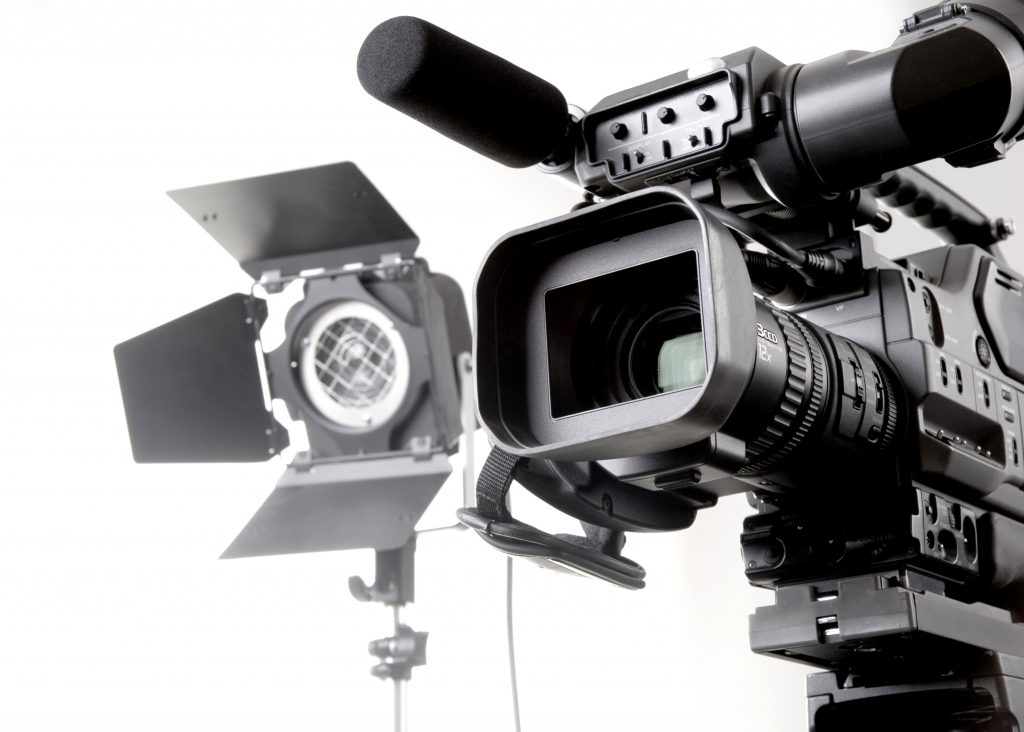Video Forecasts for 2014 :
It seems like every so many years something exceedingly significant occurs with video and how it is used. The first big change I remember was when I first started my video company in the 1980’s and started with cameras that had Vidicon tubes that couldn’t be pointed at a bright light without being burned out. We were one of the first companies that had one of the new 3CCD cameras which were lighter, more light sensitive and tolerant of abuse than the tube cameras. Within a couple of years, that is all you could buy.
I remember that in the 1990’s video was distributed on VHS tapes and no one saw how that was soon going to
Only a few years ago, less than five, HD was a smaller percentage of video produced and handling the media was cumbersome with computers lacking the necessary horsepower, hard drive sizes restricting and editing software struggling with the many codecs. Today, everything is HD and we are heading into a new era of Ultra HD which I believe is the next big thing.
Many companies have been trying to push 3D but to me it remains a gimmick without a real appeal. Until 3D can be native to all mainstream playback devices with no glasses or other devices needed, I don’t see this ever taking hold. Plus I don’t really see how it is of any great value to the viewer.
Ultra HD on the other hand with 4K and 8K devices I believe is the next leap. The quality improvement over HD is impressive. What I believe will propel it into the mainstream is the advent of H.265 compression. Currently it is very cumbersome to record 4K media with the large amount of storage needed. This carries over to editing. H.265 promises to have over twice as effective compression with increased quality over H264. Some reports have said when it is introduced, it will have compression 100 times as effective as H264. As this codec takes hold, the development of cameras to acquire and the software to edit will make Ultra HD the standard for all home TV viewing and online videos. My forecast is this won’t be long. By NAB in 2014 we may see the beginning and by 2015, 4K and 8K will proliferate.
What does this mean to a video producer like us and how should we handle it? If I use HD as an example we
For 4K and 8K video I believe we’ll need to see it available as a large scale broadcast media as well as online file format before it becomes standard. So as for past video trends and forecasts for 2014, I believe H.265 is the key. Let’s see what happens in a few months at NAB 2014.
Click Here to View Corporate Video Production Samples
Click Here to View Training Video Samples
Click Here to View Trade Show Video Samples
